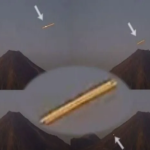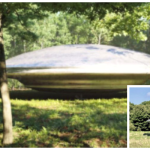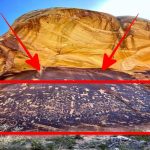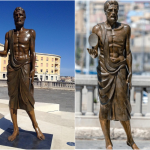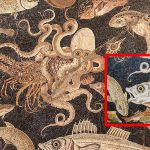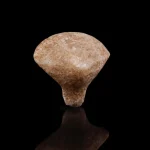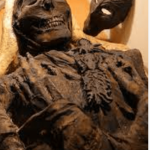Deciphering the Mummification Techniques of Ancient Egypt: Learning from New Findings
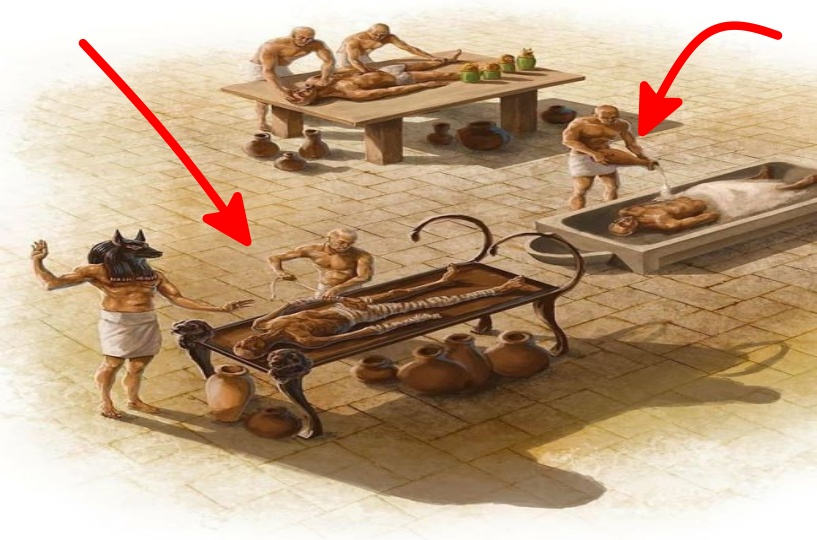
The ancient Egyptians, renowned for their mastery of the afterlife, left an indelible mark on history with their elaborate funerary practices, chief among them being the art of mummification. Recent archaeological discoveries have shed new light on the meticulous methods employed by the ancient Egyptians to preserve the bodies of their departed, offering fascinating insights into this centuries-old tradition.
The journey to unravel the mysteries of ancient Egyptian mummification begins with a glance into the annals of history. It is believed that the practice of mummification originated around 2600 BC during the Old Kingdom period, gradually evolving and refining over millennia. However, it was not until recent years that modern scholars gained a deeper understanding of the intricate processes involved in this ancient funerary art.
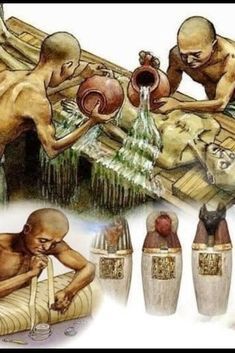
One of the key revelations came from the discovery of ancient texts and inscriptions detailing the materials and methods used in mummification. Herodotus, the renowned Greek historian, provided valuable insights into the practice in his writings, describing how the ancient Egyptians would remove the brain through the nostrils using specialized tools and extract internal organs before embalming the body with natron, a natural salt found in abundance along the Nile.
Another pivotal discovery came from the examination of mummified remains themselves. Through advanced imaging techniques such as CT scans and radiocarbon dating, researchers were able to analyze the composition of mummified bodies and the materials used in the embalming process. These analyses revealed a sophisticated blend of resins, oils, and spices employed to preserve the body and imbue it with symbolic significance for the journey to the afterlife.

Furthermore, recent excavations in ancient burial sites have unearthed evidence of varying mummification techniques employed by different social classes. While elaborate mummification rituals were reserved for royalty and nobility, commoners were often subjected to simpler methods of preservation, such as natural desiccation or rudimentary embalming.
One of the most intriguing aspects of ancient Egyptian mummification is the role of environmental factors in the preservation process. The arid climate and unique burial practices of ancient Egypt, such as interring bodies in shallow graves or within elaborate tombs, played a crucial role in slowing decomposition and facilitating the mummification process. Indeed, it is believed that the ancient Egyptians first discovered the principles of mummification through observation of naturally preserved corpses left exposed to the hot sand and sunlight.
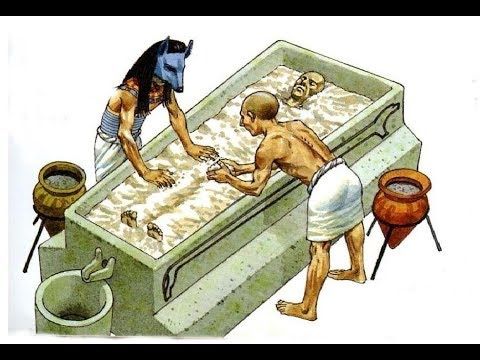
As our understanding of ancient Egyptian mummification continues to evolve, so too does our appreciation for the cultural and religious significance of this ancient funerary practice. Mummification was not merely a means of preserving the physical body but also a deeply symbolic ritual imbued with religious beliefs about the afterlife and the journey of the soul.
In conclusion, recent discoveries have deepened our understanding of the ancient Egyptian art of mummification, shedding new light on the materials, methods, and symbolism underlying this centuries-old tradition. Through a combination of archaeological findings, textual evidence, and scientific analysis, modern scholars continue to unravel the mysteries of mummification, offering a glimpse into the rich tapestry of ancient Egyptian culture and belief.

